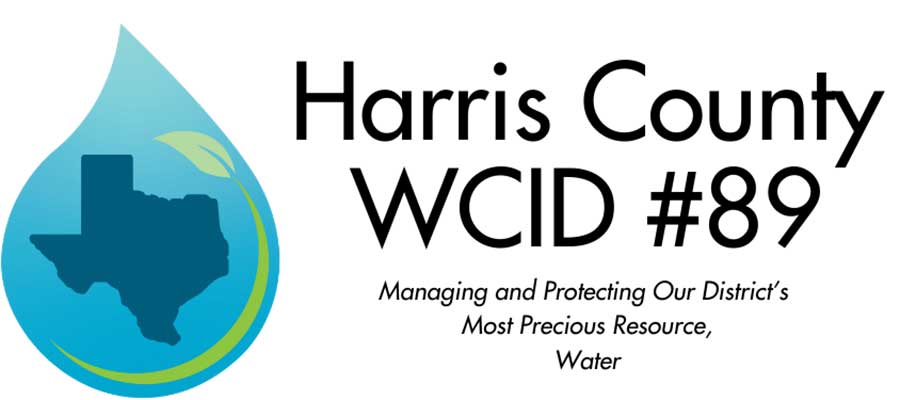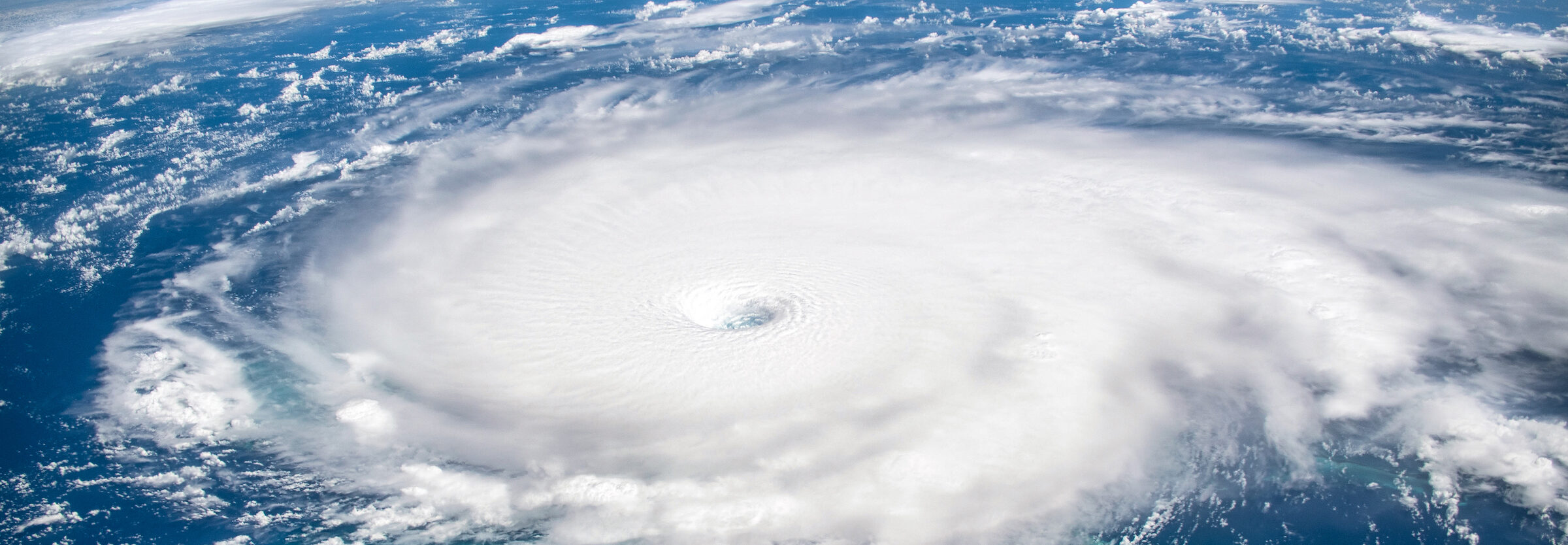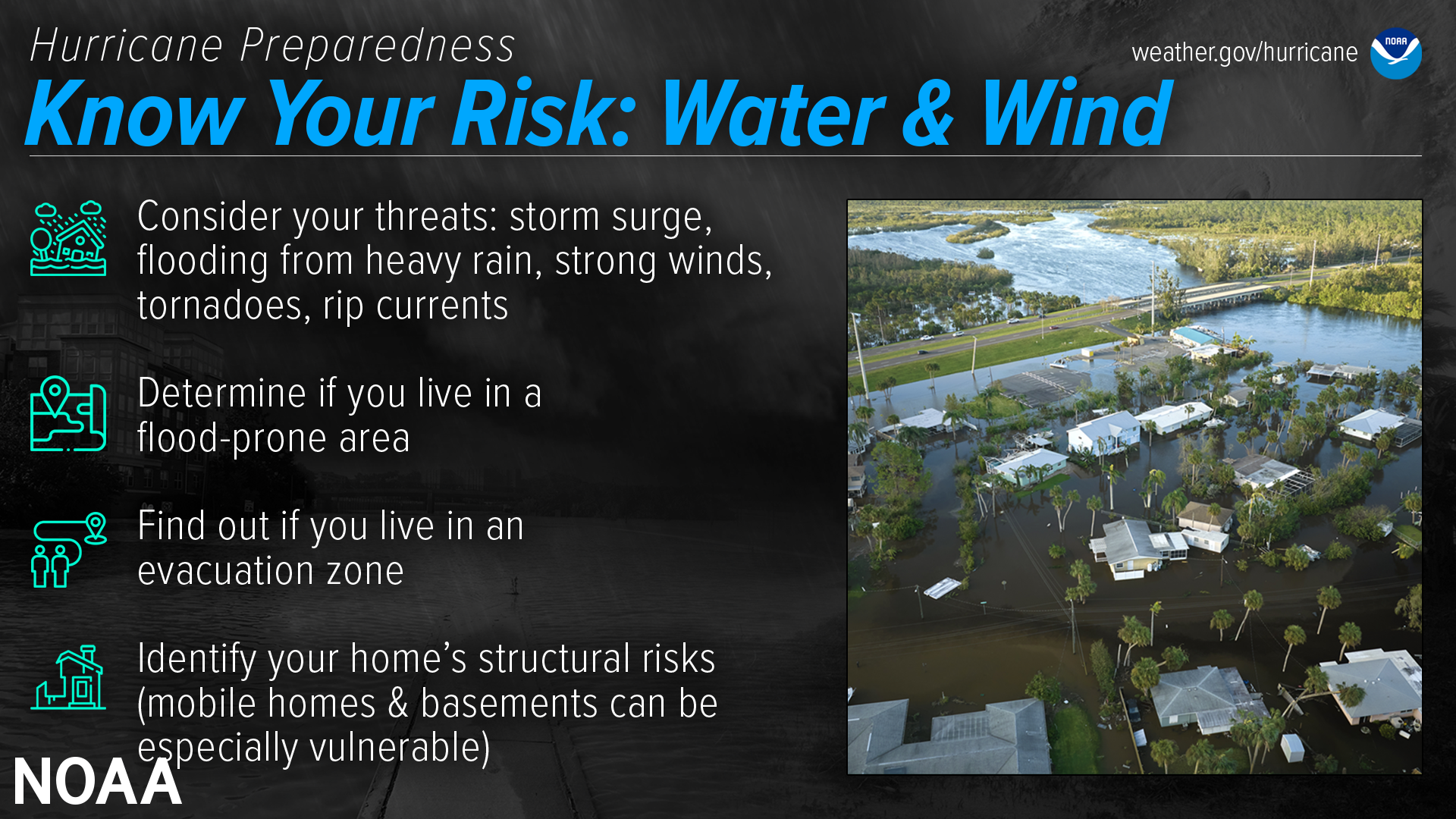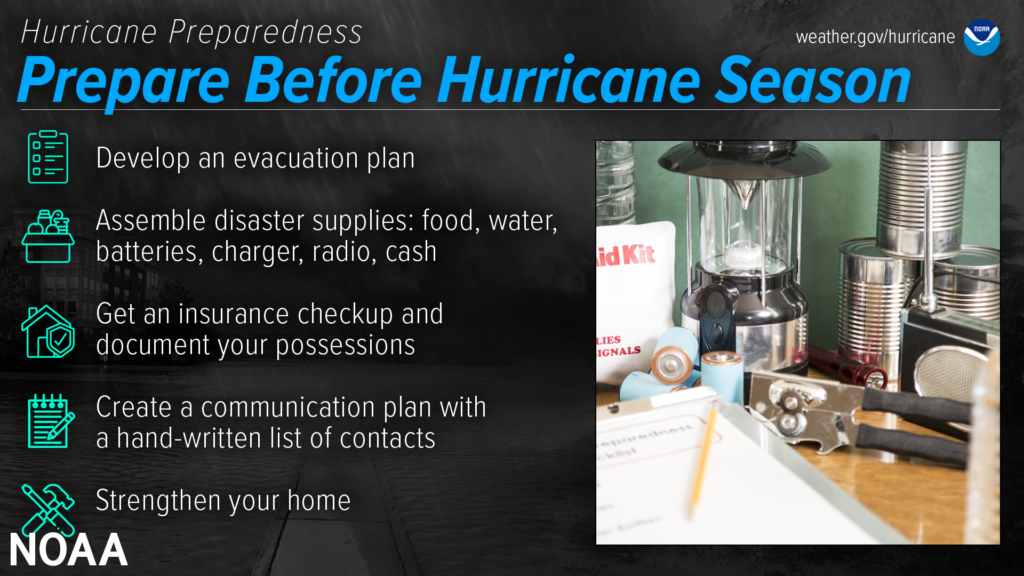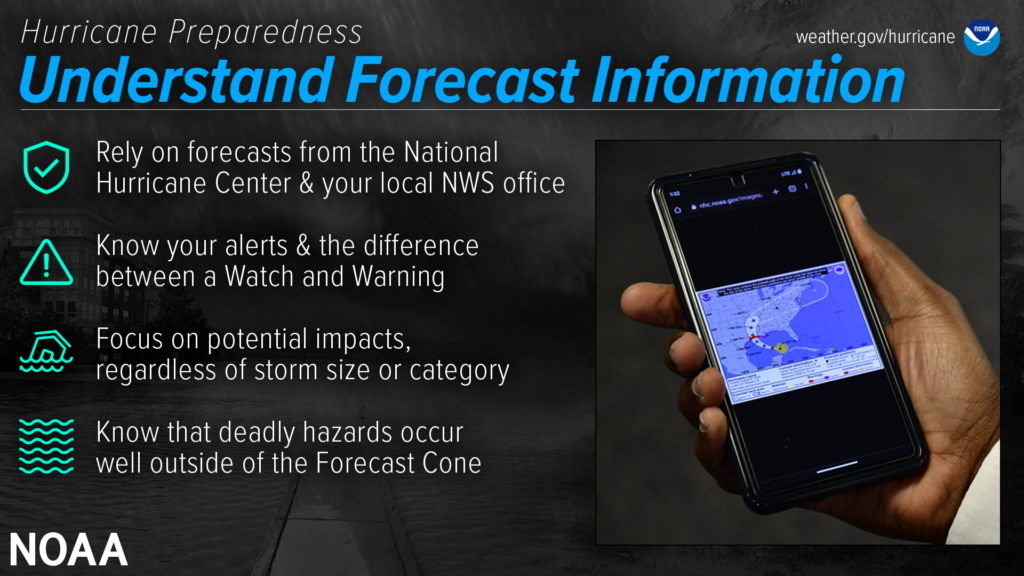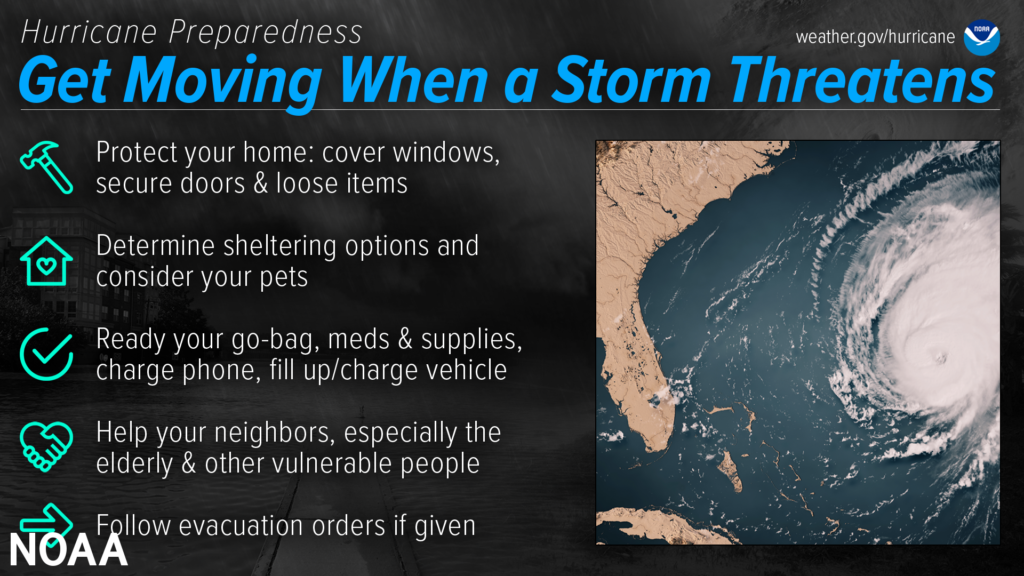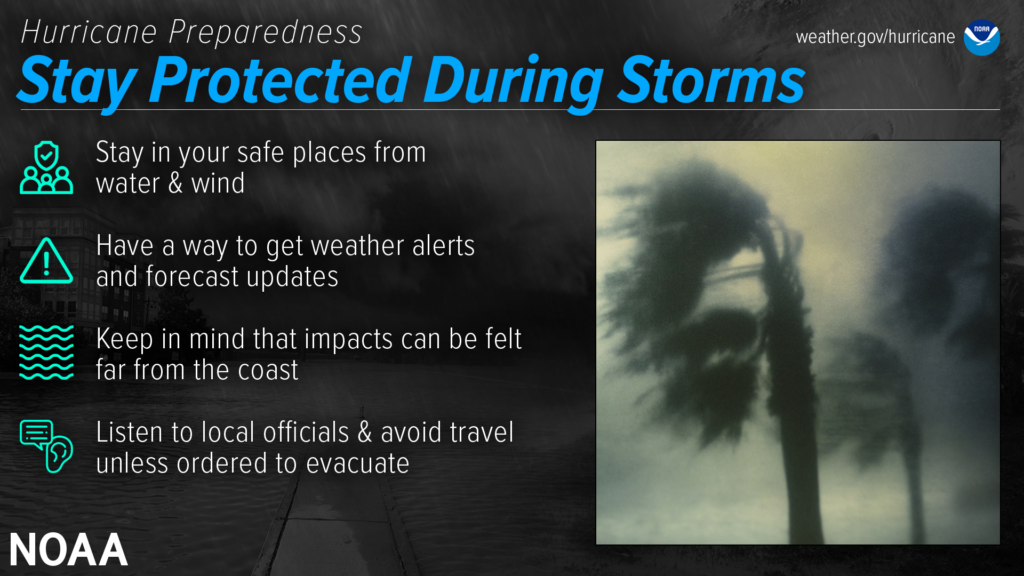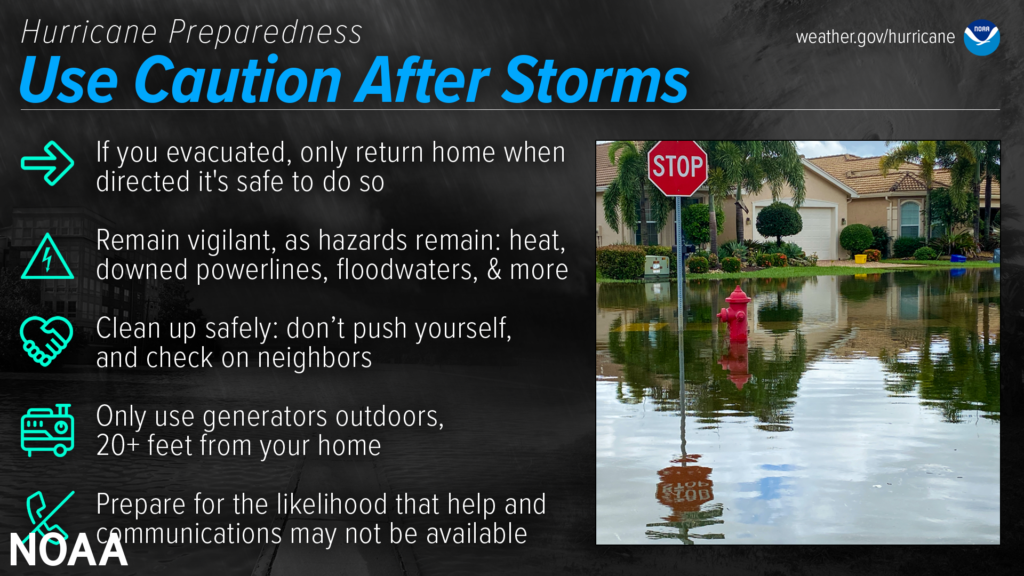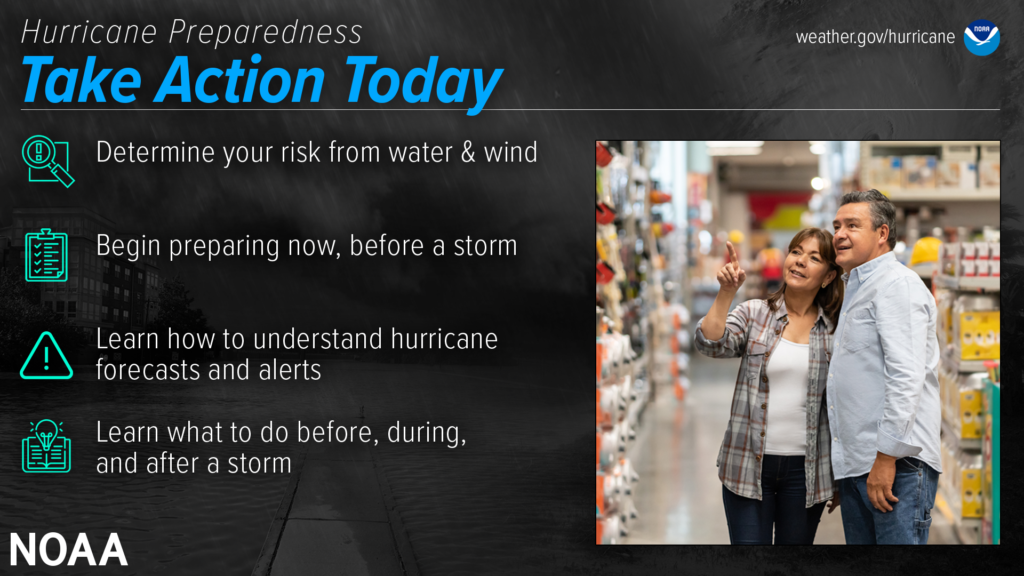WCID 89 Invites You: Wellness & Safety Fair 2025

WCID 89 Invites You:
Wellness &Safety Fair 2025
Harris County Water Control and Improvement District No. 89 invites all residents to our upcoming Wellness & Safety Fair — a practical, informative workshop focused on health, safety, and community resources that matter most to our neighborhood.
📍 Location: WCID 89 Administration Building
3455 Fellows Road, Houston, TX 77047
🗓️ Date: Saturday, October 18, 2025
🕚 Time: 11:00 AM – 1:00 PM (2-hour event)
This event is designed to help residents connect with trusted community partners, learn about wellness programs and safety practices, and access local resources that support a healthy and secure home environment.
Please note — this is not a festival or party. It’s a community wellness and safety event with resourceful vendors offering essential information, materials, and guidance.
What You’ll Find:
Local health and wellness vendors providing helpful information and basic health screenings
Safety demonstrations and preparedness tips from trusted organizations
Updates from local partners on health, emergency readiness, and community support programs
Light refreshments provided for attendees
We anticipate a comfortable turnout, and participation will be first-come, first-served. Supplies and materials are limited, so please arrive early to take advantage of all vendor resources.
Come meet your neighbors, learn something new, and take simple steps toward a safer, healthier community. Learn more at wcid89.net.
For questions or accessibility needs, please contact directors@wcid89.org or call 832-767-5099.
We look forward to seeing you there!
WCID 89 Board of Directors
Harris County Water Control and Improvement District No. 89

